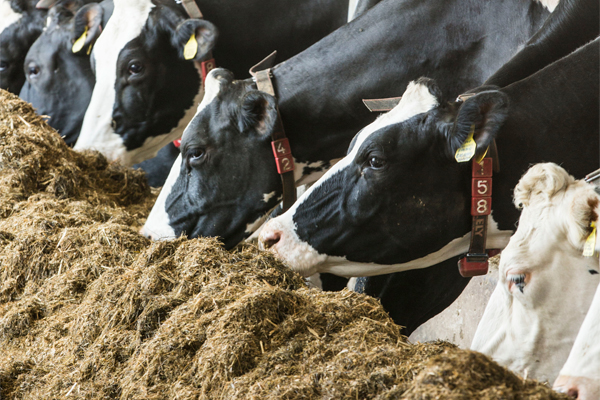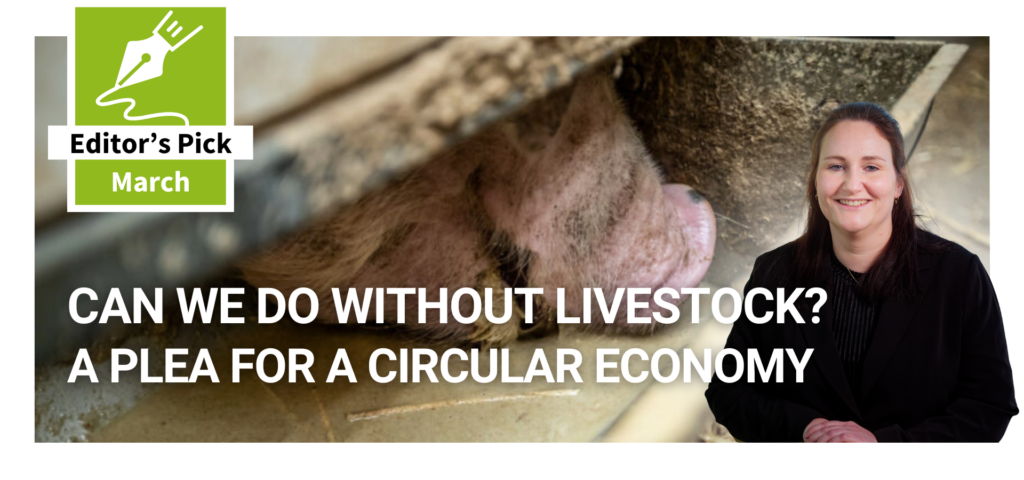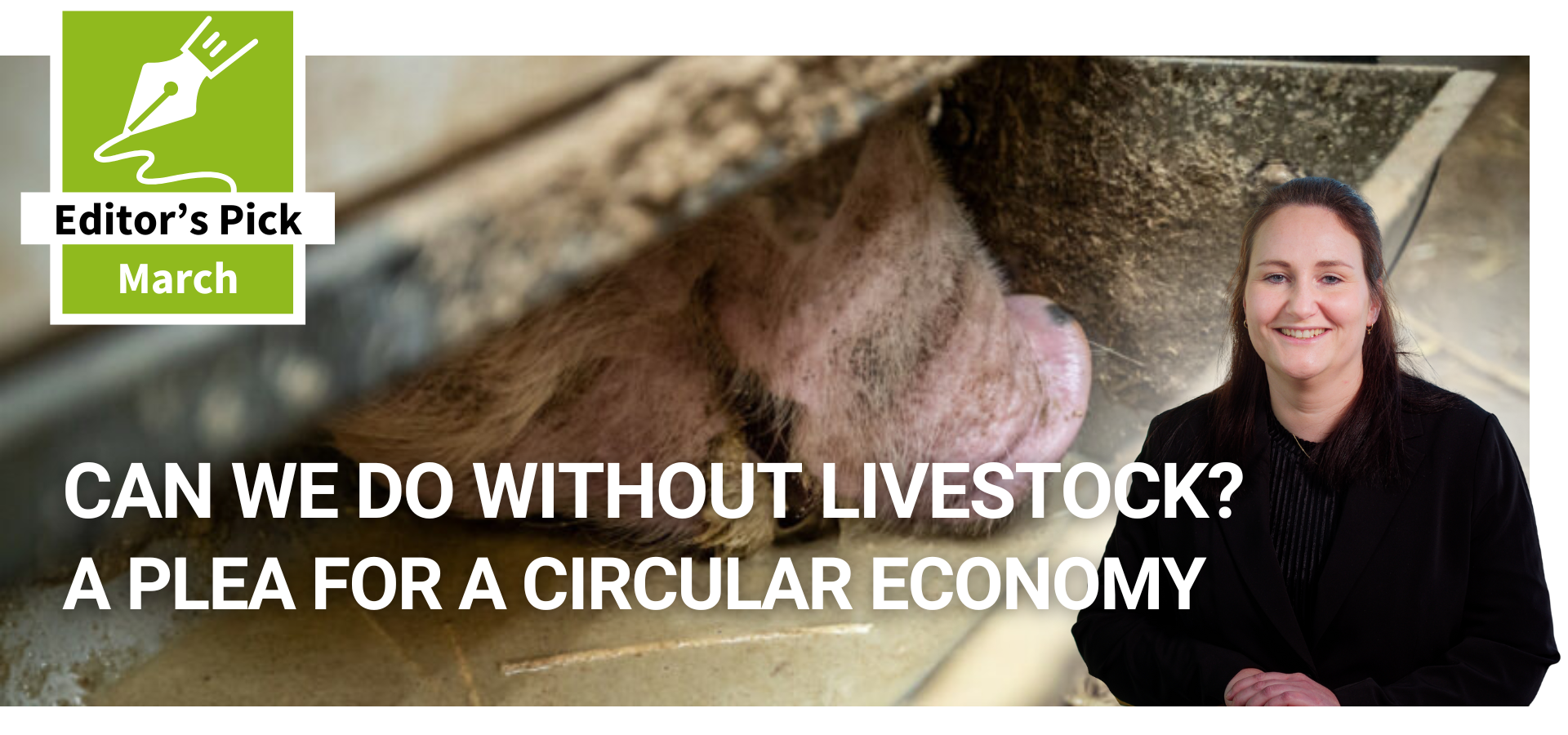Peanut brittle coating receives patent

A US patent has been issued for a Kansas State University-developed “peanut brittle” that ensures cows and other livestock eating it get their vitamins.
Jim Drouillard, professor of animal sciences and industry; Tom Herald, food chemist and adjunct professor of grain science and industry; and Matthew Greenquist, former graduate student, developed a candy-like coating that protects vitamins and other micronutrients given to cattle and other ruminant animals from being prematurely digested by bacteria in the animal’s digestive system. The coating provides an easy, inexpensive method for delivering undiluted dosages of vitamins, amino acids and other nutrients to livestock.
“In ruminant animals, such as cattle, sheep and goats, we often feed rations to the animal with the hope of providing nutrients directly to it, but we always have to contend with the pesky microorganisms in the digestive system,” Drouillard said. “Those microorganisms and bacteria also feed on these nutrients as they move through the animal, potentially causing deficiencies of key nutrients for the animal itself.”
Researchers looked at how to create a barrier against the microbial activity in the rumen, the largest chamber of a cow’s stomach, which also contains billions of microorganisms.
They developed a relatively simple and inexpensive solution. An isolated corn or wheat protein is solubilised in water or ethanol. The vitamin or other nutrient is then added to the solution. Next, the solution with vitamin is dried into cellophane-like sheets or spray dried into a powder form.
“It produces something that looks like peanut brittle on a microscopic level,” Drouillard said. “You’ve got the hard candy part and then these little lumps that represent the peanuts inside the candy. In our case, the peanuts are choline or whatever vitamin we’ve added, and the candy portion is a protective film that forms from the solute.”
Researchers found that the protein-based film coatings are effective barriers against premature digestion of nutrients by the gut bacteria. Once the material bypasses the rumen and ends up in the gastric portion of the animal’s stomach, strong acids in the stomach dissolve the coating, releasing the nutrient so the animal can absorb it.
Once dried, the material can be sprinkled onto the feed.
“It’s a very simple, but very elegant method for protecting nutrients,” Drouillard said. “It’s also a great example of how collaboration across different scientific disciplines can lead to development of unique technological solutions.”
The patent currently is licensed to Afgrifeed, a South African animal feed manufacturing company.
The Kansas State University Research Foundation has been awarded 13 US patents in 2014.







